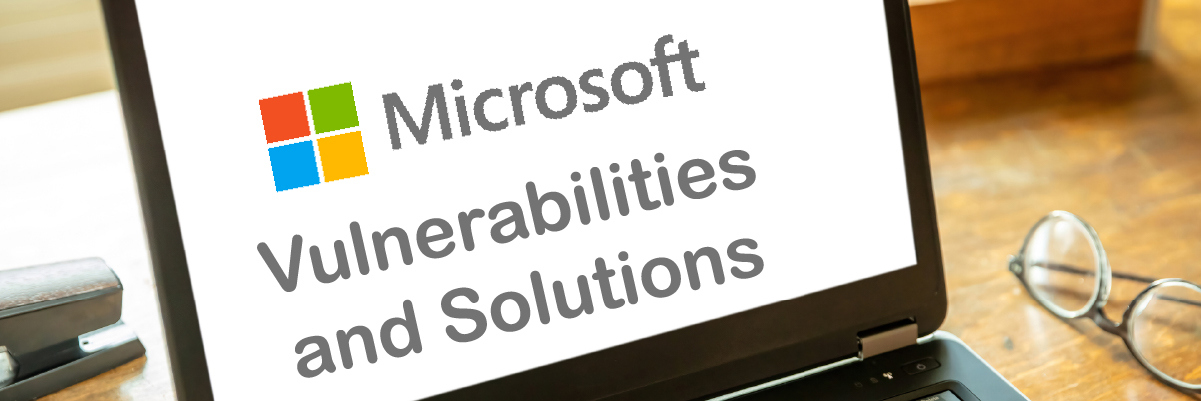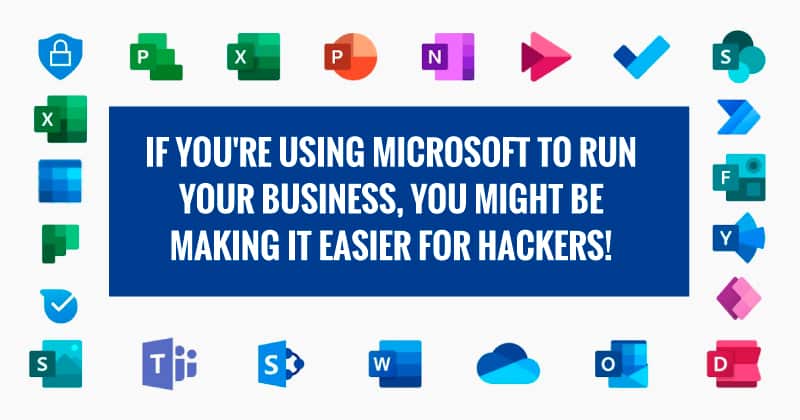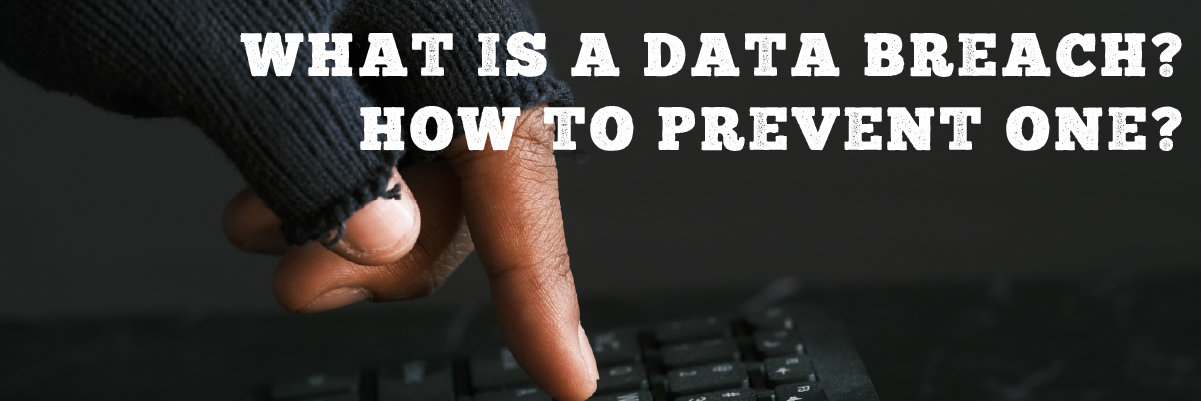What is Supply Chain Attack? How to Prevent Them?
What is Supply Chain Attack? How to Prevent Them?
 In this rapidly evolving threat landscape, cybersecurity has become essential. It has been described in simple terms of the trust, do not hand over credentials to fraudulent websites, and beware of email attachments or links from unknown sources. But sophisticated hackers undermine this basic sense of trust and find more robust ways to attack the supply chain. What if legitimate software or hardware making up your network has been compromised at the source?
In this rapidly evolving threat landscape, cybersecurity has become essential. It has been described in simple terms of the trust, do not hand over credentials to fraudulent websites, and beware of email attachments or links from unknown sources. But sophisticated hackers undermine this basic sense of trust and find more robust ways to attack the supply chain. What if legitimate software or hardware making up your network has been compromised at the source?
This subtle and increasingly common form of hacking is called a supply chain attack. In recent years, most of the high-profile and damaging cybersecurity incidents have been supplying chain attacks. This article will dive deep into the supply chain attack, how it works, and what you can do to prevent it.
1. What is Supply Chain Attack?
A supply chain attack, commonly referred to as a value-chain of a third-party attack, occurs when an attacker accesses an organization’s networking by infiltrating a supplier or business partner that comes in contact with its data. Hackers generally tamper with the manufacturing process by installing hardware-based spying components or a rootkit. This attack aims to damage an organization’s reputation by targeting less secure elements in the supply chain network.
Supply chain attacks are designed to manipulate relationships between a company and external parties. These relationships may include vendor relationships, partnerships, or third-party software. Cybercriminals compromise an organization and then move up the supply chain to take advantage of trusted relationships and gain access to other organizations’ environments.
2. How does a supply chain attack work?
A Supply chain attack works by delivering malicious code or software through a supplier or vendor. These attacks use legitimate processes to get uninhibited access into an organization’s ecosystem. It starts with infiltrating a vendor’s security measures. This technique is much more straightforward than attacking a target directly due to many vendors’ unfortunate shortsighted security measures.
Penetration could occur through attack vectors. The malicious code requires embedding itself into a digitally signed process of its host once it is injected into a vendor’s ecosystem. A digital signature validates that a piece of software is authentic to the manufacturer permitting the transmission of software to all networked parties.
Compromised networks unknowingly distribute malicious code to the entire client network. The software patches facilitating the malicious payload contain a backdoor interacting with all third-party servers. It is the distribution point of the malicious software or code. A service provider could infect thousands of organizations with a single update that helps attackers achieve a higher magnitude of impact with less effort.
2.1. Example
Supply chain attacks allow attackers to infect multiple targets without deploying malicious code on each target’s machine. This increased efficiency boosts the prevalence of this attack technique. Here are some most common examples of supply chain attacks.
U.S government supply chain attack
This event is a pervasive example of supply chain attacks. In March 2020, nation-state criminals penetrated internal U.S government communication via a compromised update from a third-party vendor, SolarWinds. This attack infected up to 18,000 customers, including six U.S government departments.
Equifax supply chain attack
Equifax, one of the biggest credit card reporting agencies, faced a data breach through an application vulnerability on their website. This attack impacted over 147 million customers. The stolen data included driver’s license numbers, social security numbers, date of birth, and addresses of users.
Target supply chain attack
Target USA faced a significant data breach after hackers accessed the retailer’s critical data using a third-party HVAC vendor. Cybercriminals accessed financial information and Personal Identifiable Information (PII) that impacts 40 million debit and credit cards and 70 million customers. Hackers breached the HVAC third-party vendor using an email phishing attack.
Panama papers supply chain attack
Panamanian law firm Mossack Fonseca exposed over 2.6 terabytes of clients’ sensitive data in a breach. The attack leaked the devious tax evasion tactics of over 214,000 organizations and high-risk politicians. Law firms should be the most desirable target due to the treasure of sensitive and valuable customer data they store in their servers.
1. Impact of supply chain attacks
Any breach can be devastating, but a supply chain attack can be exponentially worse because the attacker usually has a high level of access to the network, which is hard to detect. This combination of factors highly increases the risk of a supply chain attack. The longer an attacker stays inside the target’s network, the more damage they can cause through ransomware, data theft, or other malware disruptions.
Supply chain attacks provide a criminal with another method of attacking an organization’s defenses. These attacks are commonly used to perform data breaches. Cybercriminals often manipulate supply chain vulnerabilities to deliver malicious code to a target organization.
2. How to Prevent Supply Chain Attacks?
Here are the tips to reduce the impact and risks of supply chain attacks.
- Determine who has access to critical data_ To manage complex footprints, organizations should map their third parties to data they handle for prioritizing risk management activities.
- Identify the assets at more significant risk_ Understanding assets more likely to be targeted, such as customers’ sensitive information or intellectual property, is crucial to preventing supply chain attacks. Security teams should monitor these assets using third-party risk management platforms, providing constant and fast visibility into threats within complex supply chains.
- Apply vendor access controls_ Cybercriminals look to access data using a path of least resistance to infiltrate an organization’s network through one of its suppliers. Apart from understanding the rights to access digital assets, organizations need to apply string perimeter controls for vendor access, such as network segmentation and multi-factor authentication. Service providers should only have access to the necessary information they require to provide services.
- Identify insider threats_ Whether due to lack of training, carelessness, or malicious intent, employees represent a considerable insider threat to information security. Targeting business partners or employees with phishing or social engineering campaigns is one of the standards and most accessible ways for cybercriminals to infiltrate a network. However, it is difficult to know when and how an attacker has compromised privileged access; a monitoring technology that can automatically alert security teams when a system gets compromised can help prevent supply chain attacks.
Conclusion
Protected Harbor enables businesses to take full control of their third-party security by constantly monitoring for vulnerabilities and data leakage that could be exported as part of a supply chain attack. Protected Harbor also helps organizations comply with a variety of security regulations, including the new supply chain criteria outlined in Vice President Biden’s Cybersecurity Executive Order.
Partner with Protected Harbor today to have access to more cutting-edge business and cyber security insights.






 Technological advancement in the current digital era has increased vulnerabilities in businesses using Microsoft products. It has affected most
Technological advancement in the current digital era has increased vulnerabilities in businesses using Microsoft products. It has affected most  Microsoft MSHTML
Microsoft MSHTML



 The United States Government has warned privately-held American firms about the growing threat of cyberattacks from Russian hackers.
The United States Government has warned privately-held American firms about the growing threat of cyberattacks from Russian hackers.











 Patient Data Theft: High risk
Patient Data Theft: High risk
